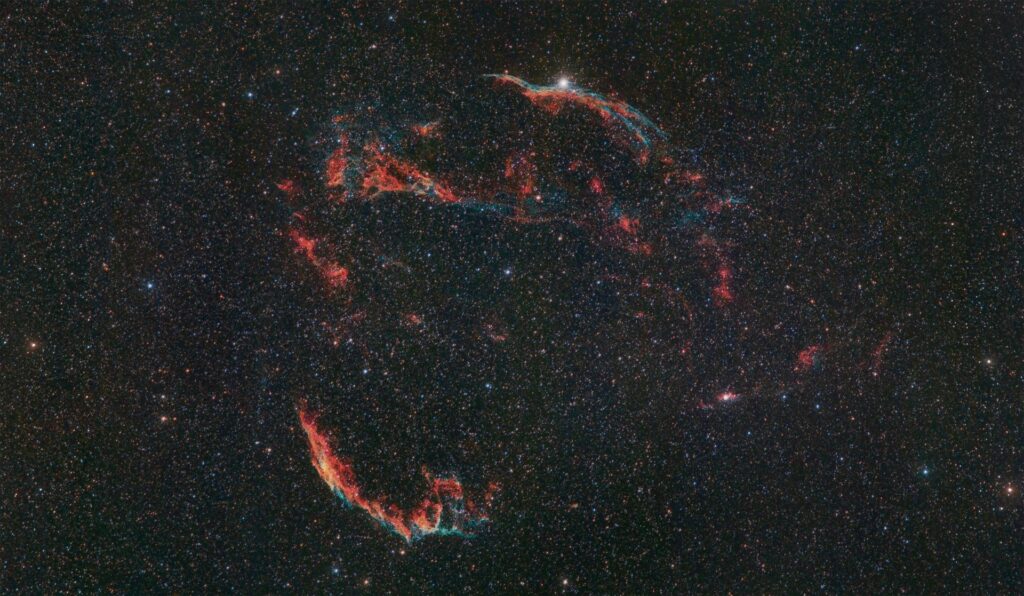Most Recent News


Popular News




An article discussing one of the largest threats to the sustainability of any rule by many nation: the sensitive cultural markers (SCMs)

I am not fond of using the term “elite”, because those people we call elite are definitely not “elite” in the dictionary sense of the term:
elite: A group or class of persons considered to be superior to others because of their intelligence, social standing, or wealth.
They are under no imaginable way superior to us. Not by their intelligence (which is a laughable claim), nor their “social standing” (which is degrading as less people trust them), nor their wealth (which will soon be as worthless as ours when the economy crashes).
So, I needed a new term. But the term “elite” is far too broad, while simultaneously being too limiting, depending on the context. So, I’ve been using the term “Sensitive Cultural Marker” recently. It fits nicely.
Acronym: SCM (pronounced: scum).
It’s a much more appropriate term for them.
A normal, neutral cultural institution is just a cultural marker (CM). A harmful, degrading cultural institution would be a sensitive cultural marker (SCM). An entity that had tremendous cultural impact, far exceeding the norm, could even be considered a hypersensitive cultural marker (hSCM).
We’ve touched on the topic of a sensitive cultural marker repeatedly on this website. But what are they exactly? Why should we focus so heavily on them?
A sensitive cultural marker (SCM) is defined as an organization, identity, or individual that is easily capable of altering cultural opinions, attitudes, or feelings on an impactful scale.
As you may notice, per the definition, they are not necessarily our front-end leaders but rather the people behind them pulling the strings.
Under normal circumstances culture is unusually difficult to alter. But for SCMs, they have a unique position that permits them to be very receptive to causing cultural change. Regardless of how this cultural change occurs (Through law changes, through Big Tech, through narratives, through opinion manipulation, through immigration, or et cetera)
It is important to understand that a SCM is always a major cultural source. They are not your average person or even a relatively noteworthy group. Rather, they are typically mainstream sources that impact the overall baseline of culture within a nation. Non-mainstream sources are not included in the SCM definition.
Cultural exceptions can and should exist, but they would be outside of the mainstream. We are solely focused on the majority of cultural institutions when talking about SCMs, as preserving these are far more important than random, small outlier groups. Cultural exceptions are insignificant.
In fact, these culturally distinct outlier groups are actually beneficial to preserving our cultural baseline, especially if the baseline is virtuous.
What are some examples of SCMs? Consider the press. The mainstream media is an obvious example of a SCM. The combined members of the majority press has the power and influence to impact all levels of culture on a national, state, and communal scale. Now consider a non-cultural individual such as an electrician. They may be able to impact cultural opinions on a local scale through free speech, but their reach is insignificant in comparison to an organization like the media. They would not be a SCM whereas any member of the press hivemind would be.
When trying to understand what a SCM is we could also look to business. A large business such as Google has massive information distribution powers over the entirety of the nation. Does a small business providing roofing services with three local facilities hold this same power? Our first example, Google, is impactful whereas the small business is solely local. Through information distribution Google can shape the culture. They can change what we see and what we learn. They can make it seem like a prevailing “culture” exists, even if it doesn’t. A roofing business has no means at its disposal to do the same. Thus, Google is a SCM whereas the small business is simply a regular business.
Large businesses can complicate the matter further. Most large or international businesses which operate solely as a business would not be a SCM. Others that act in a cultural manner, however, could be. If the business chooses to act in a cultural manner it would be a SCM. If it stayed out of cultural manners and operated solely as a business it would not. These industries can hold the power to be impactful due to their size but it is not innately utilized under most for-profit pretenses. It would largely be up to the management team at the business to determine if they desired to act in a cultural manner or not. Our determination of their classification would be done on a case-by-case basis.
Celebrities and politicians would also be categorized as SCMs. These individuals obviously shape the attitudes of their followers and thus are naturally culturally sensitive.
We can witness numerous other examples of SCMs such as Hollywood, the mainstream online media, information distribution sources, social media, culturally-involved athletes, the pornographic industry, high-profile alternative media personalities, actors/actresses, popular musicians, politicians, et cetera.
It may be helpful to think of the SCMs as “cultural elites”.
Modern day resistance and political change movements tend to recognize the disproportionate power that elites have over society. This is true whether you look on the right or left of the political aisle. Each group tends to hate “elites” equally. We instead use the phrase SCM because the term elite does not accurately derive where their power source comes from.
We are focused solely on the elites that are cultural movers. We do not need to recognize all other elites such as non-cultural financial elite. Because of our definition, all SCMs would be classified as elites but not all elites would be regarded as a SCM.
In justifying the deviation: A cultural elite is far more dangerous than any other descriptor elite to the sustainability of a nation. This is rather obvious. For example, a financial elite that does not use their wealth in a societally degrading way is far less impactful than a poorer cultural elite that does seek that cultural degradation.
Some SCMs can not only be culturally subversive but foreign-owned for an added level of societal dysfunction. Consider how the American movie industry must bow to Chinese censors to ensure they are allowed to continue to profiteer without facing removal from their illusive market. Since the industry is for-profit, they must follow the foreign party line to keep their operations open within the Chinese market. So not only are they foreign-controlled, but the ringleaders themselves also hate their own domestic consumers. In practice, the Chinese have more influence over SCM elements in Hollywood than the average American does. We have no say in what Hollywood creates outside of generally weak market movements. Yet, a foreign communist nation can convince our domestic executives to produce content in a different manner. The risk inherent here is clearly evident.
We now have a basic idea of what a SCM is and who they are in our nation. So, why do we separate these into their own category?
The impact that culture has on a nation’s sustainability is tremendous. For a quick recap: if we lose the culture, we lose the societal foundation. If we lose the foundation then we begin the movement along the cycle of collapse. There is nothing more important than preserving the culture of a nation if we are to preserve the nation itself. The people, heritage, traditions, and legacy of the nation is the nation. Without them, there is no nation worth preserving.
Thus, the SCM is important because we can clearly distinguish which entities in the nation direct cultural change. If we know this information then we know what causes the nation to disintegrate. Likewise, if we manage them appropriately then we can ensure this disintegration does not occur.
Culture, especially in the democratic frameworks, almost always becomes subverted. It becomes subverted by centralizers and SCMs. This is what leads to the progression further on the cycle. Understanding SCMs present two fixes to this issue. First, we now know which entities direct that subversion so we can effectively monitor them. Second, we can make these entities accountable to the people of the nation so that those hostile elements are rejected at their source.
In a complete reversal of old school wisdom, the government is no longer the principle threat. The liberties and prosperity enjoyed by those in the West are targeted much more by SCMs than they are by the government. The government, ironically, was the main one fighting to preserve those liberties, until the centralizers/SCMs took over the government. For it is the SCMs that shift the government to its more tyrannical variants over time. They are the puppetmasters. They have far more power than the government representatives could ever dream of. In the early 1900’s, the government was the main threat. That principle threat has now changed. Rather, it is the entities that desire to subvert and use the governmental framework for their own gain that are the primary threat.
Throughout history we have called them by many names. Bankers, tyrants, oligarchs, elites. None of these names captured them appropriately. They are cultural markers. Able to simply change the cultural bedrock with a swipe of their marker and time. In doing so, they get more power and profit than at any other point in history. With control of the culture, they get to write the very history themselves.
It is apparent from history that if we desire a tyrannical government, we should simply let the SCMs operate without intervention. The natural cyclical progression they endow will lead us directly into future authoritarian arms.
All SCMs operate in this manner. Each SCM pushes the government toward this outcome.
The government is merely the tool they use to eventually acquire this control. This is why we notice democratic nations fall into oligarchical hands. The business elite act as SCMs to seize as much control as possible. Likewise, it is how oligarchical capitalism eventually descends into socialism. The SCMs simply demand more and more control over even further industries; nationalizing all they can. Before long the government’s full reach is endless. It is a short step from this place to tyranny (rule by one or degenerative rule by few).
It is not the government that begins nor benefits from this progression. The government is just a framework, an empty shell. It is the humans that staff it and the humans that influence it that are the problems.
Once we recognize this, we will understand why the SCMs are the highest threat to the continuation of a stable, free society.
If you look at any of the major cultural/spiritual/moral problems in our nation, there is always a SCM somewhere to be found.
Read Next:
When Even The Banks Centralize In Favor of The Elites
Why Financial Lobbying Should Be Banned
An Interesting Article On The Upcoming Schism
On The Regressive Nature of “Progressivism”
If you enjoyed this article, bookmark the website and check back often for new content. New articles most weekdays.
You can also keep up with my writing by joining my monthly newsletter.
Help fight the censorship – Share this article!

(Learn More About The Dominion Newsletter Here)